What do magic and LEGO® have to do with innovation? At HBS Executive Education’s Leading Product Innovation program, the answer is: “everything.”
There is a follow up post to this on how Harvard Business School creates innovation with LEGO SERIOUS PLAY
The rationale behind the continuous changes to Harvard Business School Executive Education’s Leading Product Innovation program is simple: “How can we effectively teach innovation if our program is not innovative?” Faculty Chair Stefan Thomke explains: “When people come here, their expectations are already quite high. These are senior executives, many with decades of experience and proven track records of success, and they’re at Harvard Business School. So, of course, they expect the program and the faculty to be great. But our objective is to exceed those expectations, create a ‘wow’ factor, and provide an element of surprise.”
Stefan H Thomke Faculty Chair of Harvard Business School
Since its inception in 1991, when it was known as Leading Product Development, this program has been focused on identifying the best practices in the field of innovation. While many of these originate in product-based industries, they’re equally applicable to service industries. Although executives from product companies still make up the largest proportion of the audience, the program always attracts participants from service companies—a trend that is expected to continue.
Expect the unexpected
Thomke explains how the program evolves every year. “New cases and materials are de rigueur—we always do that. But at LPI, we take it a step further by creating one-of-a-kind experiences. I can’t give away all of our surprises, but I can share with you a little background on two experiential exercises that have been incredibly successful at LPI.
“For starters, I’ve developed an exciting class on customer experience design that centers around LEGO® bricks. When I conducted research for a LEGO® case study, I learned about a methodology called LEGO® SERIOUS PLAY® (LSP). In LSP, specially designed LEGO® kits are used to facilitate strategy building, vision setting, and problem-solving sessions for business executives. It’s based on the learning premise of the mind-hand connection, that is, when you use your hands to build things, the nature of learning changes.”
The teacher becomes the student
While he found the LEGO® concept very intriguing, Thomke quickly deduced that the LSP format would not work in HBS’s signature classroom environment. Realizing that the only way he could teach it was to experience it himself, he did what he’d advised so many others to do over the years: he went back to school. He ultimately obtained two LSP facilitator certifications and says he then spent a few months “busting his brain” and experimenting to adjust the LEGO® SERIOUS PLAY® experience for LPI. The result? A 90-minute session on how to design and build magical customer experiences using (what else?) LEGO® bricks. “What we’ve learned is that, after moving up the ladder, many executives are focused on left-brain activities—organizational structure and functions, for instance,” Thomke observes. “While they may have been more creative in school or when they were just starting out, most executives have few opportunities to engage in such right-brain activities.
“When I ask participants what are their big takeaways from the LEGO® session, they invariably tell me that it’s transformational. Aside from learning about tangible design principles, it forces them to look at a service or product experience through the eyes of a customer and get a much better sense of their emotional journey.”
Making innovation magic
Sometimes, learning new things requires that you go to other fields for inspiration. “Several years ago, I came upon the realization that magicians can be some of the best innovators,” says Thomke. “Night after night, they have to come up with new tricks in order to entertain and wow their audience. I had the great fortune to run into Jason Randal, one of the world’s foremost close-up magicians. Not only is he an amazing magician and charismatic person, he’s also a great innovator.”
“Over the years, he’s actually developed a set of innovation principles that work. So we got together and over the course of many months, we developed a common set of principles that work well for innovation and are inspired by what magicians like Jason do,” says Thomke.
This collaboration has resulted in a magical learning experience—refined over the course of several years—that causes executives to let go of their assumptions and embrace new ways of thinking. He says, “When you get down to it, this class is not about helping someone lead a team or manage a portfolio, it’s about helping the participant become a more effective innovator—period.”
Yielding valuable takeaways
But it’s not just fun and games at LPI. Participants leave the program with a set of very practical, yet powerful, innovation principles that they can put into practice right away. Says Thomke, “People tell me that they tape these principles to the wall as a reminder of how they should behave as individuals. My primary objective is to create an educational experience that changes the way participants think, feel, and act. And based on what we’re seeing and hearing, it’s happening—every day, in every session.”
Old video link, which has been removed in the meantime> https://www.youtube.com/watch?v=gQ7DaPtkpw4
Stefan H. Thomke is William Barclay Harding Professor of Business Administration. Member of the Technology and Operations Management Unit; and faculty chair of HBS Executive Education in India, “Driving Growth Through Innovation—India”, and “Leading Product Innovation.”. He is the co-author of HBS case studies: LEGO, and LEGO, the Crisis
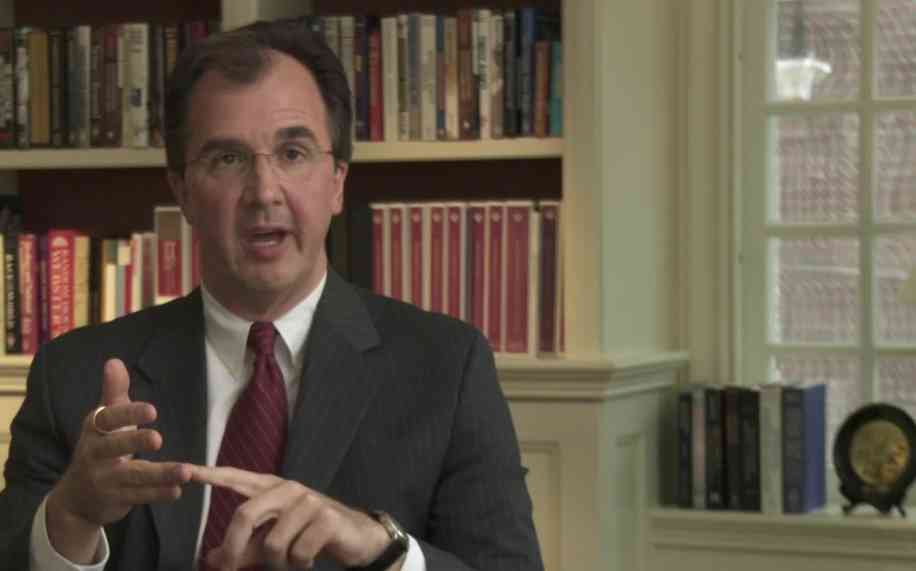

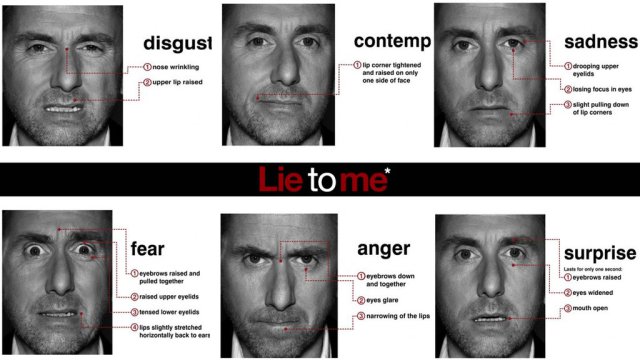
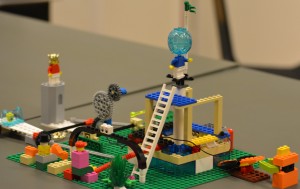
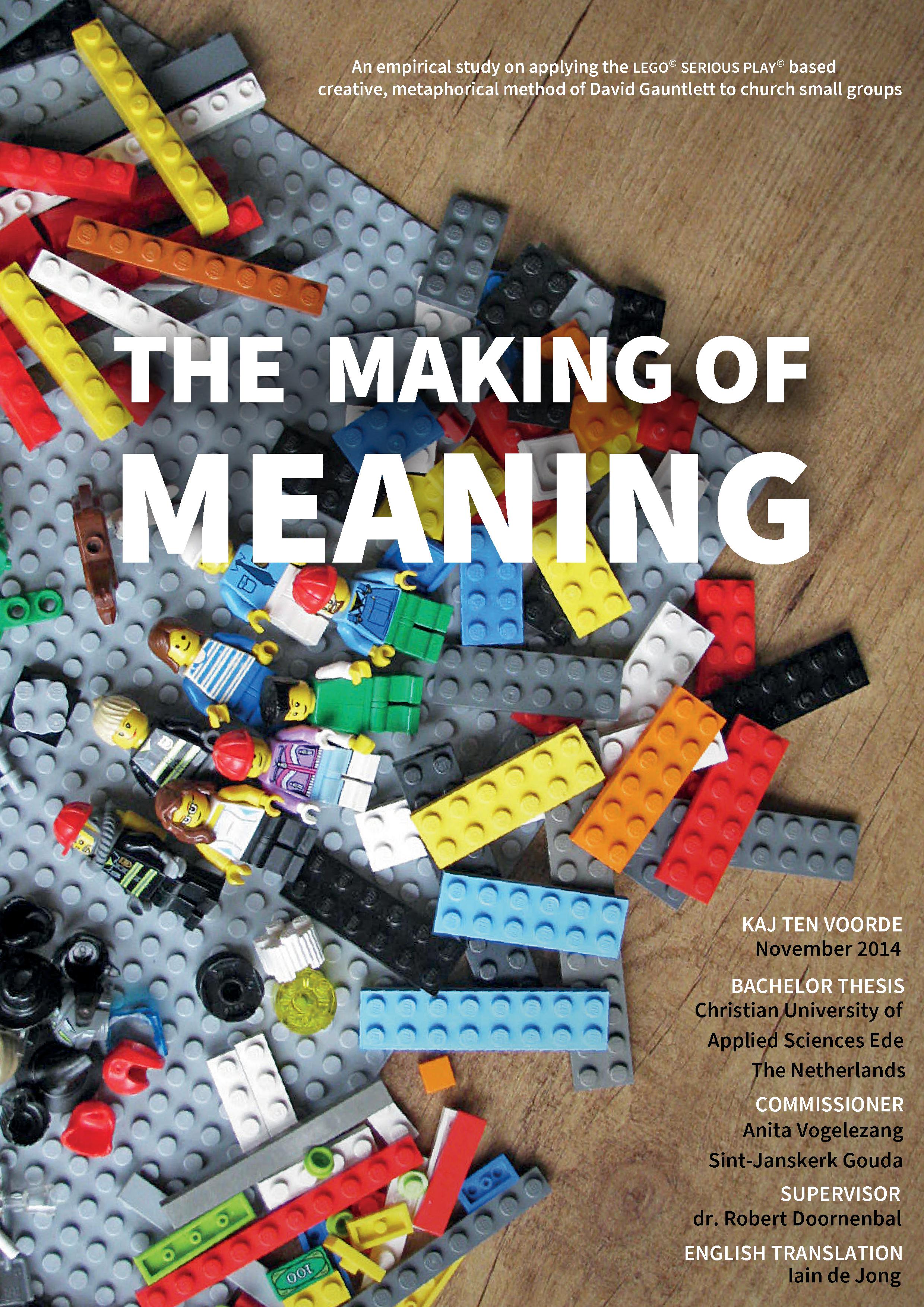
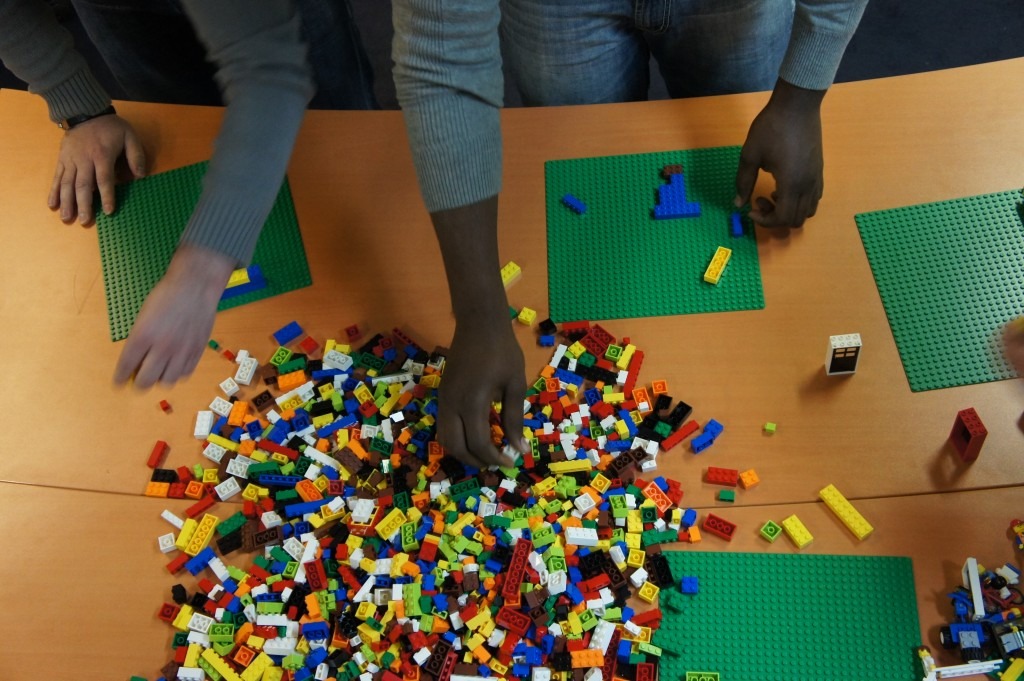

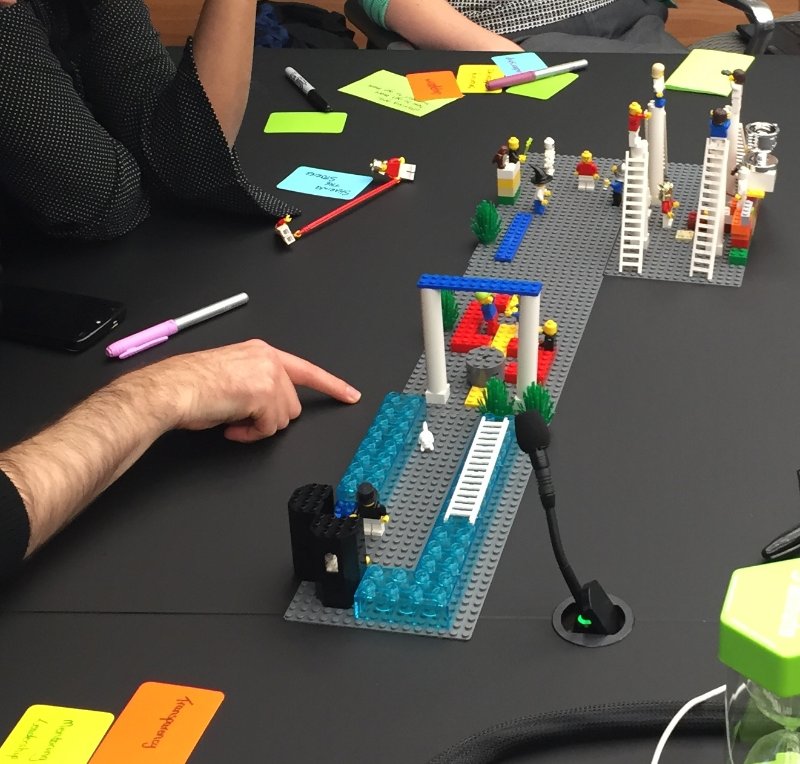
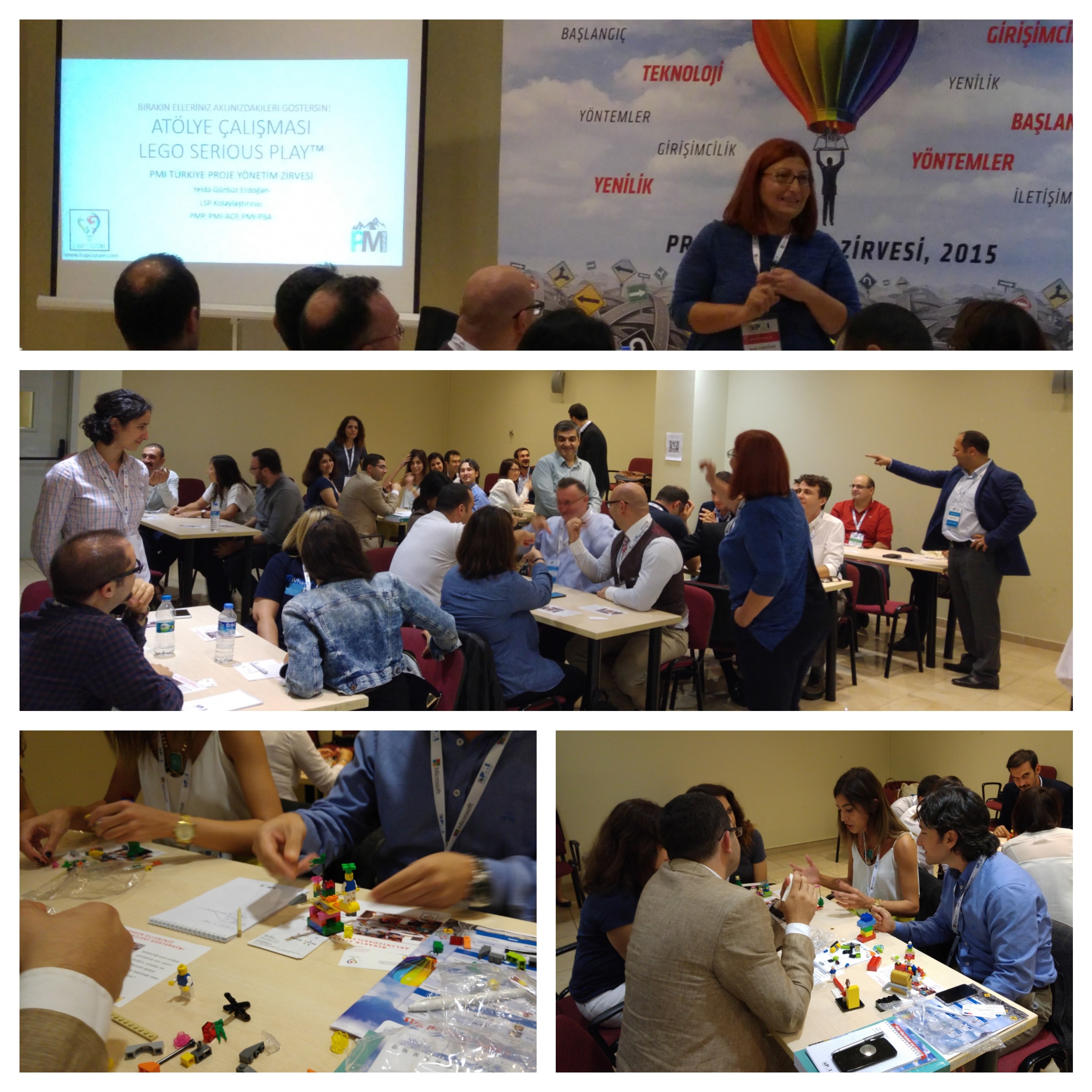


Really appreciate this article. Thank you for sharing! In addition to hearing that HBS embraces LSP, it’s valuable to note that innovation is about much more than random “light bulb” ideas. It’s about a sustained way of thinking that is supported, as the interviewee suggests, a common set of principles that support creative thinking.
Marko, thank you for posting. It is great to see that some senior leaders are being exposed to and utilizing the LSP methodology to improve customer experience and drive innovation. I envision a future when MORE executives and senior leaders embrace the power of LEGO SERIOUS PLAY rather than shy away from it because it looks too different. Its design and the power of metaphor allow us to go deeper and think differently about situations than we do with other methodologies for developing insights, strategies and solutions.
Thanks for this post. Good to see that even Harvard adopts LSP.
Thanks for this post….Really great to know about Harvard adopting it.